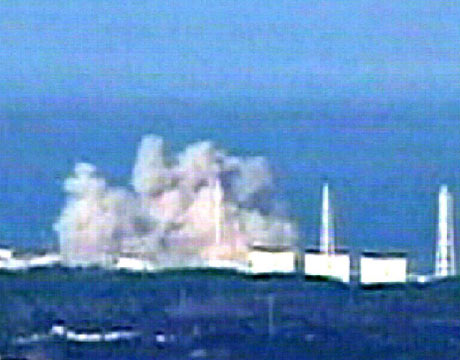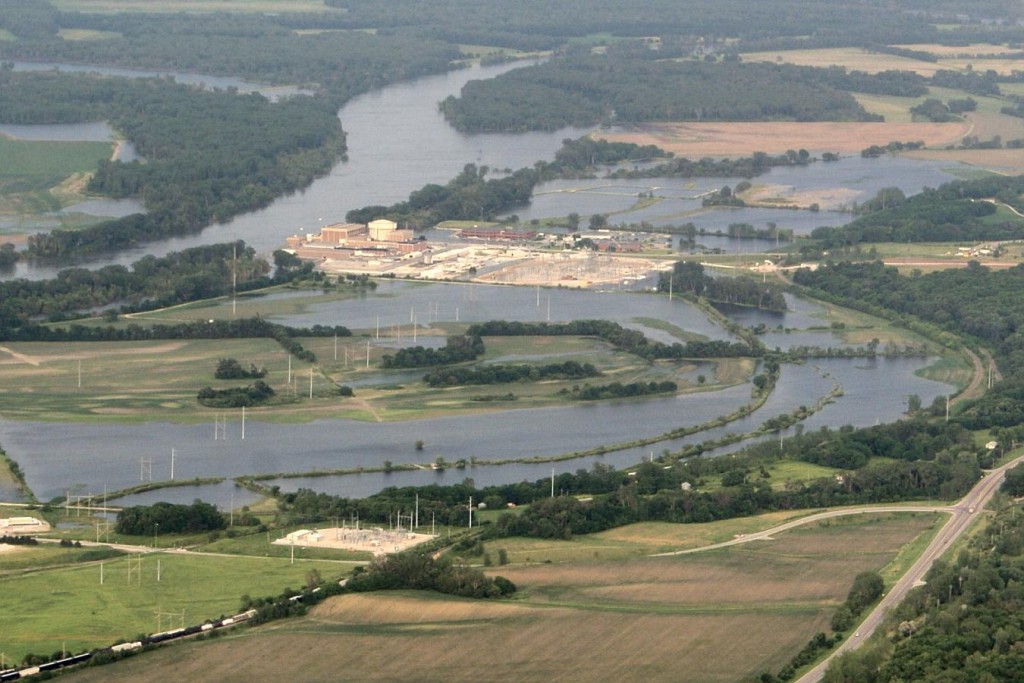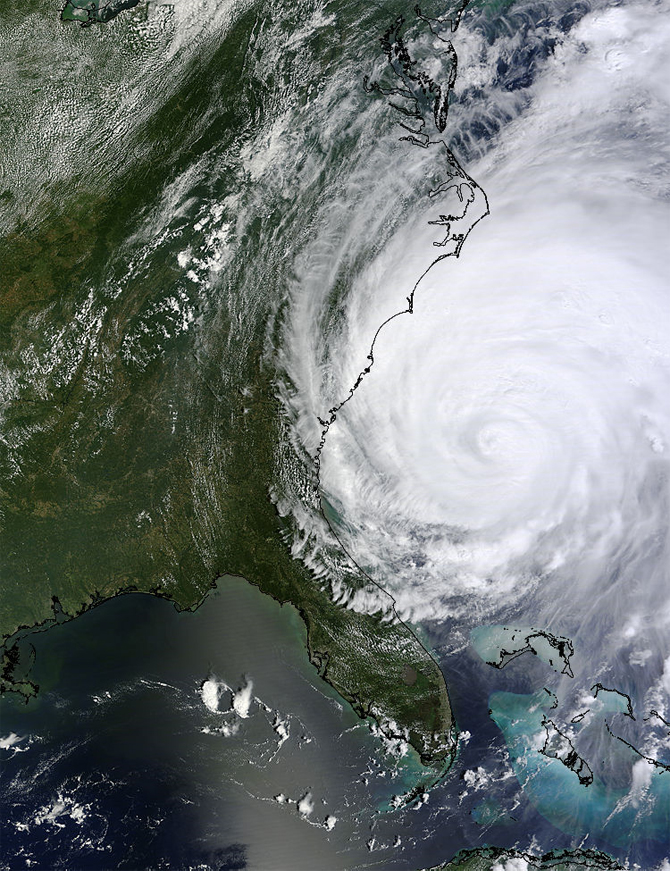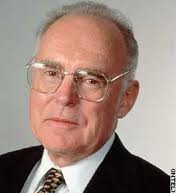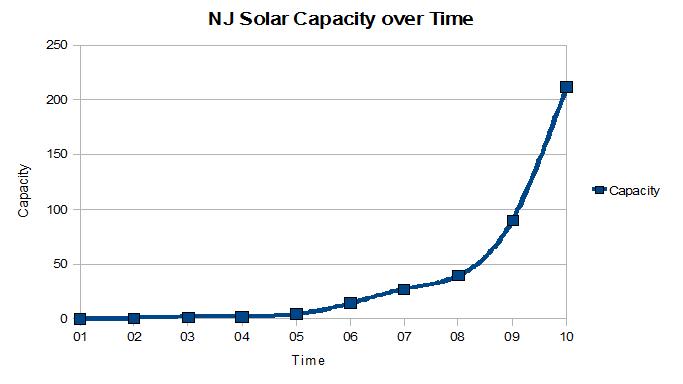
Image courtesy of NASA. Our tax dollars at work.
Let us remember the Blue Marble. There would be no food – and no life – without sunlight and clean water.
The whales, and the dolphins, the deer and the polar bear, are our cousins.
Let us return to the UN on March 20, May 9, June 20, September 3, and December 21 with delegations of thinkers and builders of sustainability and demand, respectfully, that we as members of communities of Earth, whether economically “Developed,” such as the United States, United Kingdom, Germany, France, or Canada; or “Developing,” such as Brazil, China, India, and Mexico; whether materally rich or materially poor, set as our overriding goal “Sustainable Development.”
This, “Sustainable Development,” as defined by Gro Harlem Brundtland as “development that meets the needs of the present without compromising the abilities of future generations to meet their needs,” or as defined by John Ehrenfeld as “development that leads to flourishing forever,” is simply and precisely development around harnessing natural processes such as wind, sunlight, ocean currents, the heat of the earth’s core, rather than extracting and consuming natural resources such as coal, oil, subterranean methane, and uranium, and creating toxic wastes.
Let us embrace not only the negative goals of lowering greenhouse gas emissions, and reducing distribution of toxic substances such as the arsenic, lead, mercury, uranium, zinc, etc. emitted from burning coal but also the positive goal of rearchitecting our economies – our interconnected global economy – around sustainable development.
Not more stuff distributed inequitably, but GOOD stuff, equitably distributed. After all, do we need a new cellphone every two years? Or a new car every three or four? How many shoes, trousers, shirts, coats, cameras, televisions, etc. does a person need?
Let us do this as a protest outside the UN, along the lines of Occupy Wall Street and other demonstrations – with substantive statements, drums, guitars, flair, and enthusiasm, and cover it ourselves on YouTube, Twitter, the blogosphere, and Ted Talks, but let us also demand that our Representatives in state houses, governor’s offices, the House, the Senate, and the White House and city halls and state capitals across the world listen and bring our message to the UN for a day, an hour, or even just 15 minutes.
We want to celebrate a turning point in human history. Let us do this on March 20, the anniversary of the Brundtland Commission Report. And, as May 8 and September 2 respectively mark the 67th anniversaries of the Allied victory over the Nazis and Imperial Japan in World War II, somber turning points in human history, and let us return to the United Nations, and to our city halls, state capitals, congresses and parliments on on May 9 and September 3, and on the solstices June 20 and December 21.
And let us do this with hope for peace, love, and the future.
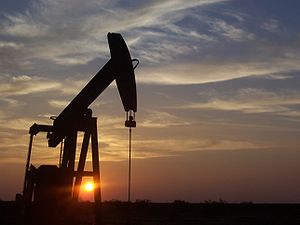 At the 6th Annual Babson Energy Conference, “Energy, Environment, & Entrepreneurship: Challenging Assumptions, Changing Perceptions”, here, held March 30, 2012, Cimbria Badenhausen, (LinkedIn), an alum of the Marlboro College MBA in Managing for Sustainability, asked Tahmid Mizan, Senior Planning Advisor of Exxon Mobil, “Are you an ENERGY company or a PETROLEUM company?”
At the 6th Annual Babson Energy Conference, “Energy, Environment, & Entrepreneurship: Challenging Assumptions, Changing Perceptions”, here, held March 30, 2012, Cimbria Badenhausen, (LinkedIn), an alum of the Marlboro College MBA in Managing for Sustainability, asked Tahmid Mizan, Senior Planning Advisor of Exxon Mobil, “Are you an ENERGY company or a PETROLEUM company?”

